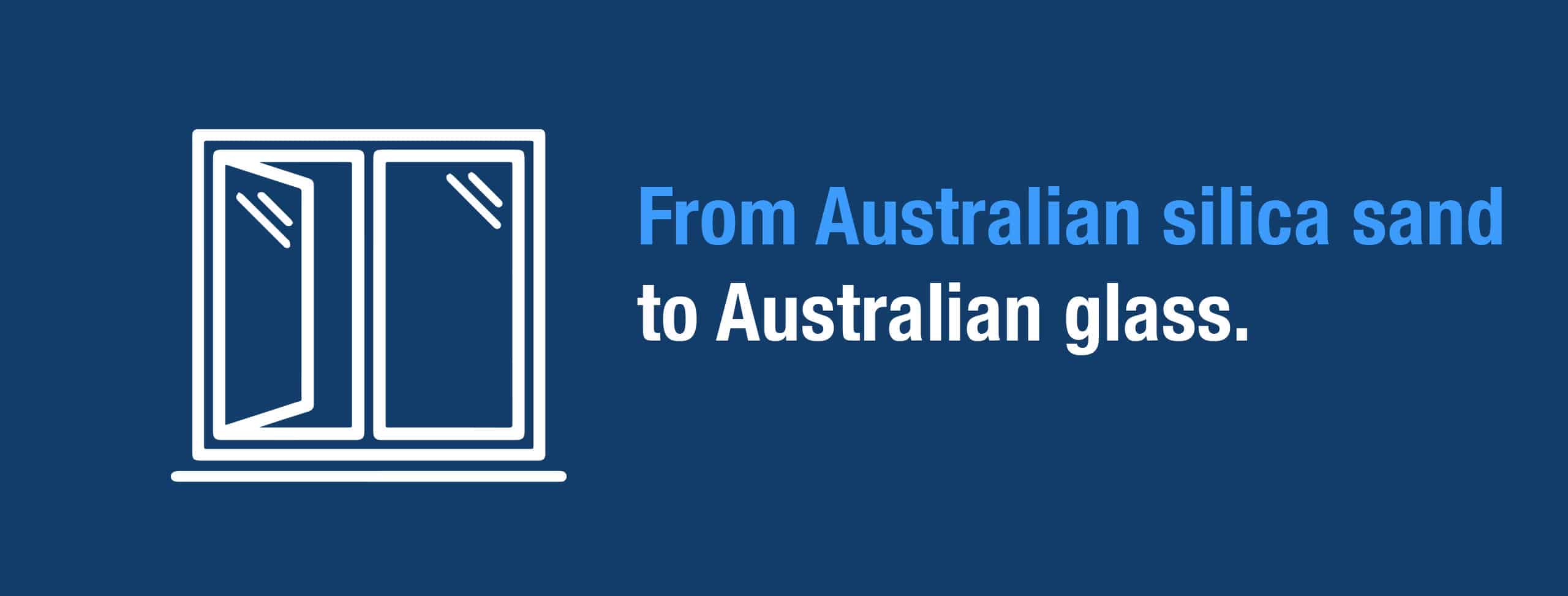Answer

Australian silica sand, a key ingredient in glass production, is typically mined from surface-level deposits. The mining process begins with clearing vegetation and removing the overburden, the layer of soil and rock covering the silica sand. Excavators and bulldozers are then used to extract the sand. The raw silica sand is often washed on-site to remove impurities like clay and silt, improving its quality for glass-making.
After mining, the silica sand is transported to a processing plant, where it undergoes further purification. The sand is washed again, and in some cases, it may be subjected to chemical treatments to remove iron and other contaminants that can affect the clarity and colour of the glass. The purified sand is then sorted by grain size to meet specific requirements for glass production.
The refined silica sand is then mixed with other raw materials like soda ash, limestone, and sometimes recycled glass (cullet). This mixture is heated in a gas-fired furnace at temperatures exceeding 1,700°C. The intense heat melts the sand and other ingredients, forming molten glass. During this process, the gas-fired furnace provides a consistent and controllable heat source, essential for producing high-quality glass.
Once molten, the glass is shaped into sheets using the float glass process, where the molten glass is floated on a bed of molten tin, forming a flat, uniform surface. The glass is then gradually cooled in an annealing process to relieve internal stresses, ensuring the glass is strong and durable. Finally, the cooled glass is cut to size and processed for use in windows and doors in commercial and residential buildings across Australia.
Reference:
GlassOne Australia, How is glass made?